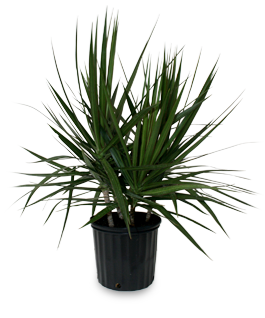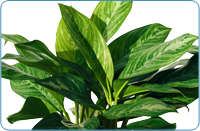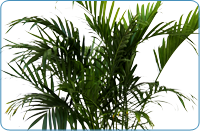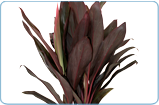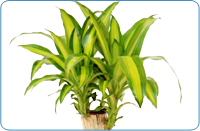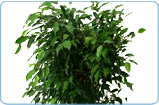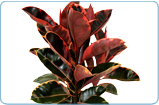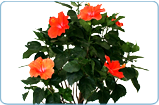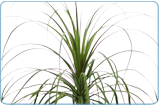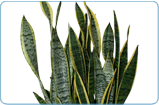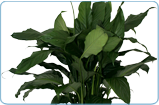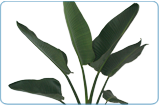Light
Marginata enjoys areas where it will be exposed to bright light; however avoid direct sunlight as it might burn the plant.
Placement
Diningroom, Bedroom
Water Habits
Marginata will grow best when watered thoroughly and then allowed to dry completely. Water the soil until it becomes very dark. Allow the soil to dry before the next watering. Potting the plant to allow for proper drainage will help guard against over watering.
Temperature
Ideal Temperature for Marginata: 60-80°F (15-27°C) Min: 40°F (4°C)
Toxins Removed
Formaldehyde, Trichloroethylene, Xylene, Toluene
Did You Know ?
The Dracaena Marginata goes by the name Madagascar Dragon tree suggesting that it originates from the Island Nation of Madagascar. As this plant grows over the years the lower leaves will fall giving the trunk a long and slender look.





